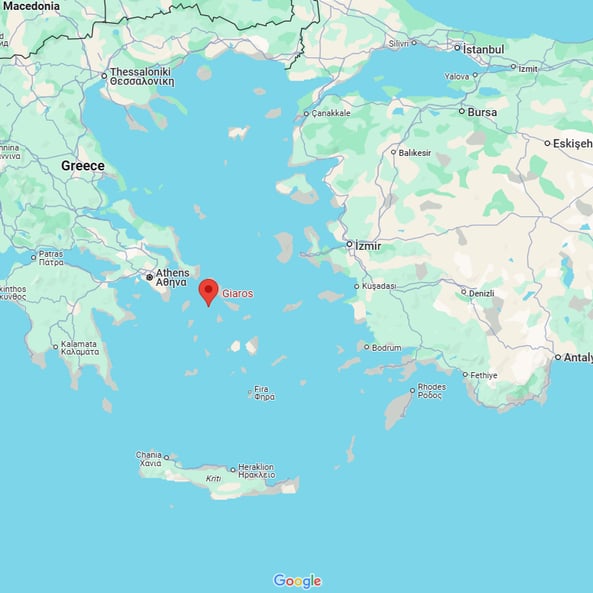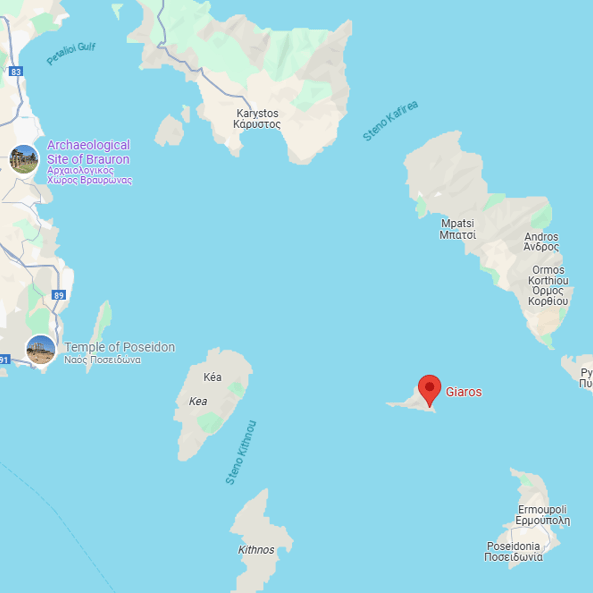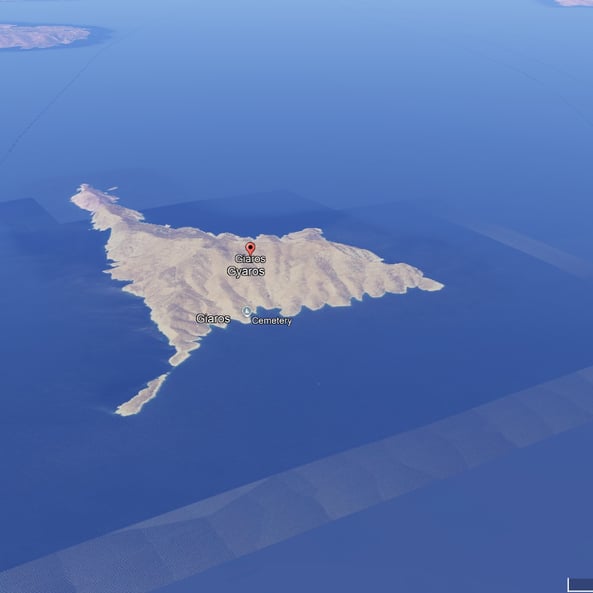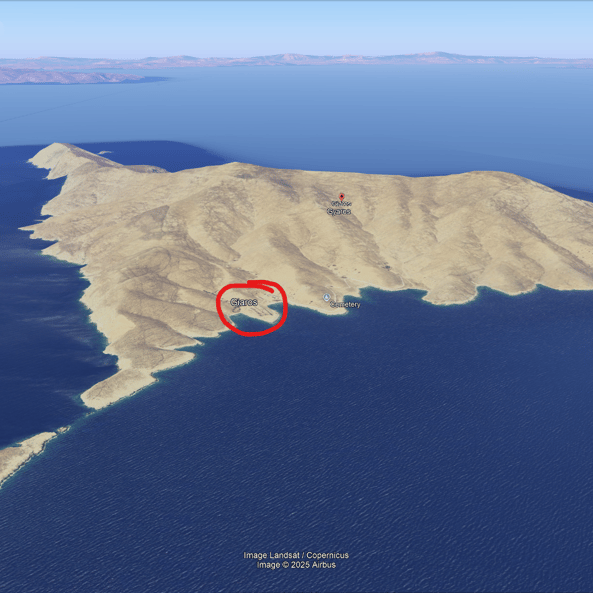The Arid Island of Gyaros
The Arid Island of Gyaros.
4/5/20252 min read
Gyaros, Greece. Where Musonius Rufus was exiled to by Nero




The arid Greek island of Gyaros, a jagged outcrop in the Aegean, became an unlikely crucible for Stoic philosophy in 65 CE when Emperor Nero exiled Gaius Musonius Rufus—Rome’s foremost Stoic teacher—to its desolate shores[1][2]. This punishment, stemming from Nero’s suspicion of the philosopher’s growing influence following the Pisonian conspiracy, was deliberately severe. Even Emperor Tiberius had deemed Gyaros too cruel for exile, describing it as “harsh and devoid of human culture”[3][4]. Yet for Musonius, this barren rock would become a living laboratory to demonstrate Stoicism’s transformative power.
The Stoic’s Ordeal: Exile as Philosophical Practice
Marooned without infrastructure or natural resources, Musonius faced immediate existential challenges. Ancient accounts emphasize the island’s lack of fresh water and arable land—conditions designed to break both body and spirit[3][5]. Rather than succumbing to despair, the philosopher employed Stoic askēsis (disciplined practice) to reconfigure adversity. His first act became legendary: discovering an underground spring through systematic observation of the terrain, a feat that embodied his teaching that “nature provides what reason can uncover”[3][4].
With survival secured, Musonius transformed exile into a radical pedagogical experiment. He organized his small band of followers—students who voluntarily joined him—into a self-sufficient community[1][5]. Days were divided between philosophical discourse and manual labor, with the group terracing rocky slopes to create gardens. This fusion of intellectual and physical work embodied Musonius’ belief that “philosophy is practiced not through words but through daily living”[6][7].
The philosopher’s ninth discourse, composed during this period, reframed exile as liberation:
“What prevents the exiled man from living with courage and justice? These virtues require no specific place—only a mind trained to see opportunity in constraint.”[8][9]
The Alchemy of Adversity
Musonius’ ordeal yielded profound philosophical innovations. His Letters from Gyaros (now lost but referenced by Epictetus) reportedly introduced three key ideas:
1. Farming as Spiritual Exercise: Tilling the island’s stubborn soil became a metaphor for cultivating virtue—both requiring persistent effort against resistance[3][5].
2. Environmental Interdependence: The community’s survival depended on observing nature’s rhythms, reinforcing Stoic sympatheia (cosmic interconnection)[4][7].
3. Exile as Epistemological Reset: Stripped of Rome’s distractions, Musonius argued, the mind could perceive fundamental truths obscured by civilization[6][10].
Remarkably, Gyaros attracted visitors despite its remoteness. Students undertook perilous sea voyages to join the exile community, their journeys becoming a rite of passage symbolizing philosophy’s demands[1][2]. The island’s very harshness served as a pedagogical tool—Musonius would send pupils to meditate alone on coastal cliffs, asking them to articulate how the desolate landscape reflected the Stoic ideal of apatheia (freedom from destructive passions)[11][5].
Legacy in Stone and Thought
When Musonius returned to Rome in 68 CE, he brought more than philosophical insights. The Gyaros experiment demonstrated that Stoicism could thrive in material scarcity—a revelation that influenced his student Epictetus’ later teachings on resilience[6][10]. The island itself remained etched in Roman consciousness as both prison and proving ground.
Centuries later, Gyaros would witness darker chapters as a 20th-century political prison. Yet its Stoic interlude endures as a testament to philosophy’s power to transform deserts—both physical and spiritual—into spaces of human flourishing.
References
1. https://www.wikiwand.com/en/articles/Gaius_Musonius_Rufus
2. https://iep.utm.edu/2013/04/
3. https://brewminate.com/musonius-rufus-stoic-teacher-of-epictetus/
4. https://www.worldhistory.org/Musonius_Rufus/
5. https://en.wikipedia.org/wiki/Gaius_Musonius_Rufus
6. https://stoicismu.com/musonius-rufus/
7. https://iep.utm.edu/musonius/
8. https://theacropolitan.in/2020/10/01/from-obstacle-to-opportunity/
9. https://www.reddit.com/r/Stoicism/comments/ub59jk/quotes_and_teachings_from_gaius_musonius_rufus_a/
10. https://dailystoic.com/musonius-rufus/
11. https://modernstoicism.com/on-taking-responsibility-the-stoics-in-exile-by-jonas-salzgeber/
Featured image credits:
Image: "Gyaros Luftbild 01 (cropped)" by User:Wladyslaw, licensed under CC BY-SA 4.0. Available at Wikimedia Commons: https://commons.wikimedia.org/wiki/File:Gyaros_Luftbild_01_(cropped)
Disclaimer: AI tools were used to conduct research, fact-check, complement new sources and input for writing this post.
Excellence of character
Exploring philosophy and tools for personal and universal growth.
contact@transhumaniststoa.com
© 2025. All rights reserved.
